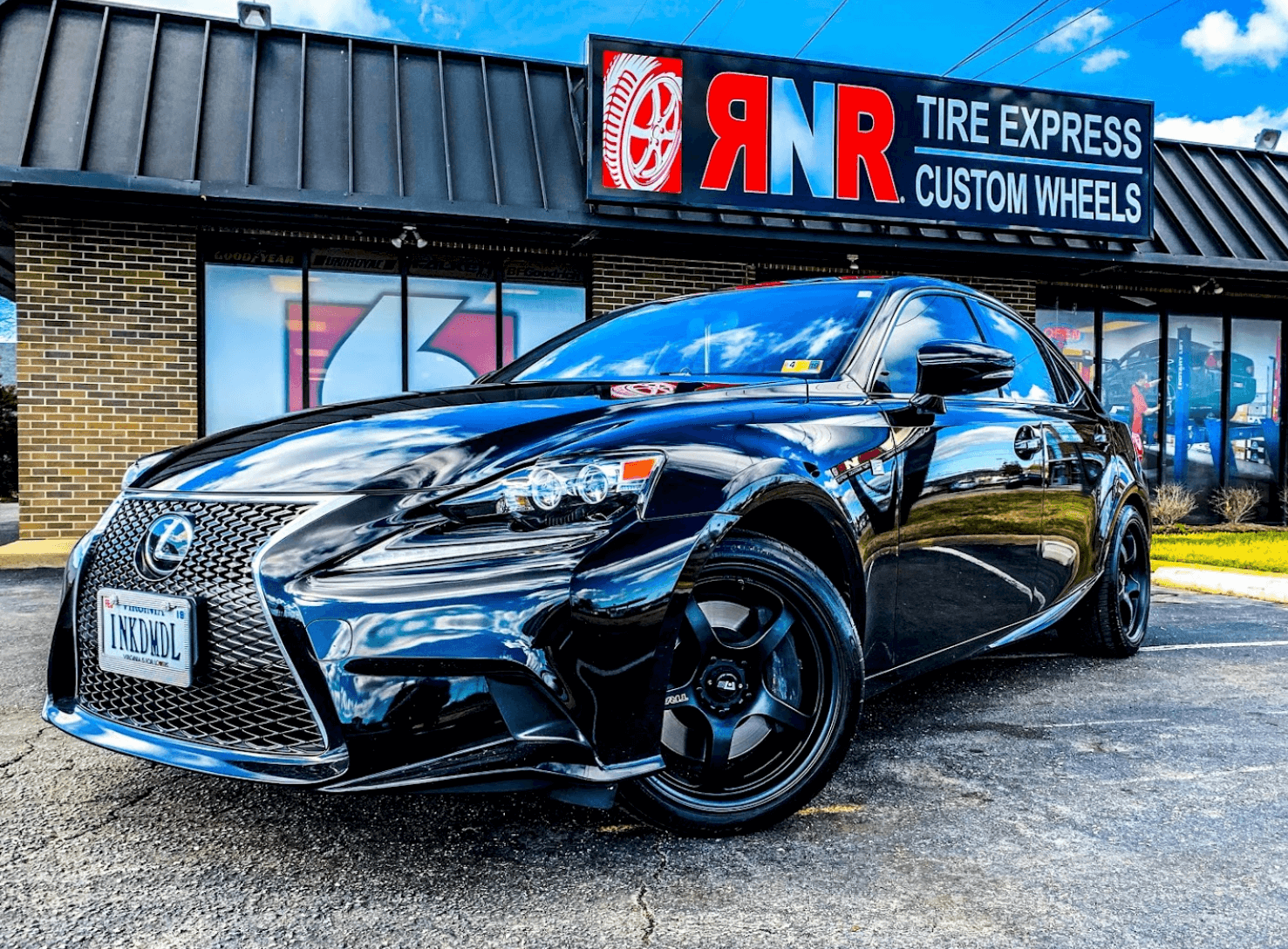Discover the very best Tires Morris IL: Comprehensive Selection Readily Available
Discover the very best Tires Morris IL: Comprehensive Selection Readily Available
Blog Article
Tire Solution: Comprehending Tire Pressure Surveillance Systems
Understanding Tire Pressure Surveillance Systems (TPMS) is a critical aspect of preserving optimal car efficiency and security on the roadway. With advancements in vehicle technology, TPMS has come to be a common function in contemporary automobiles, giving real-time details on tire stress degrees.

Relevance of TPMS
The relevance of Tire Pressure Tracking Solutions (TPMS) hinges on their ability to boost vehicle safety and performance via real-time monitoring of tire stress levels. Maintaining the correct tire pressure is crucial for ensuring ideal handling, braking, and general security of a vehicle. TPMS provides drivers with prompt comments on any type of underinflated or overinflated tires, permitting for timely changes to be made.
Parts of TPMS
Consisting of different important components, a Tire Pressure Surveillance System (TPMS) works as a sophisticated security function in modern cars. The primary parts of a TPMS consist of sensing units, a control component, and a caution sign. Sensing units are typically situated in the tire valve stem or attached to the wheel setting up, where they gauge tire pressure and transfer information to the control component. If it identifies dramatically low stress in any of the tires, the control component processes this information and sets off a warning. The caution indication, often an icon on the control panel, notifies the motorist to examine the afflicted tire or tires. Some advanced TPMS versions additionally show the actual tire pressure analyses for each tire, offering drivers with real-time info to make certain optimal tire efficiency and safety. By keeping track of tire stress continuously, TPMS aids stop crashes, minimizes tire wear, and improves gas efficiency, making it a vital element for car security and performance.
Types of TPMS

On the other hand, indirect TPMS relies upon the lorry's wheel rate sensing units to check tire pressure. This system detects underinflation by comparing the rotational speeds of the wheels. Indirect TPMS is less pricey than straight TPMS, as it makes use of existing sensing units within the lorry.
While direct TPMS provides a lot more accurate readings, indirect TPMS is less complex in style and commonly calls for less maintenance. Both systems have their advantages and constraints, and the choice in between them usually depends upon variables such as price, automobile make, and individual preference. Understanding the differences between these two sorts of TPMS can aid lorry proprietors make educated decisions concerning tire upkeep and safety.
TPMS Maintenance Tips
Efficient maintenance of TPMS is important for making certain optimum efficiency and safety of your automobile. Routinely inspecting the TPMS sensors for any kind of damages or rust is crucial. Make certain that the sensing units are clean and totally free from debris that can disrupt their functioning. Additionally, it is advisable to examine the sensing unit batteries regularly and replace them as required to assure exact readings. Conduct routine examine the click here for more tire pressure levels and contrast them with the TPMS analyses to ensure they correspond. Alter the system adhering to the manufacturer's standards if there are any disparities. In addition, during tire turning or replacement, see to it that the TPMS elements are taken care of thoroughly to stop any potential damage. Last but not least, if the TPMS alerting light illuminates on the dashboard, deal with the problem promptly by checking the tire pressures and the overall system for any faults. By adhering to these maintenance ideas, you can prolong the lifespan of your TPMS and boost the security of your driving experience.
Benefits of Appropriate Tire Pressure
Keeping proper tire stress, as stressed in TPMS Upkeep Tips, is important for gaining the countless benefits linked with ideal tire stress levels. In addition, correct tire stress guarantees even tire wear, prolonging the life-span of the tires and promoting more secure driving conditions. In final thought, the advantages of appropriate tire stress go beyond just tire longevity; they include enhanced gas performance, improved security, far better car efficiency, and general driving comfort.
Final Thought
Finally, understanding tire pressure tracking systems (TPMS) is crucial for preserving ideal tire stress and making certain automobile safety. By recognizing the importance of TPMS, knowing with its parts, knowing the various kinds readily available, adhering to correct top article maintenance tips, and realizing the advantages of preserving appropriate tire stress, drivers can enhance their driving experience and lengthen the life expectancy of their tires. Correct tire pressure is essential to efficient and secure vehicle operation.

Report this page